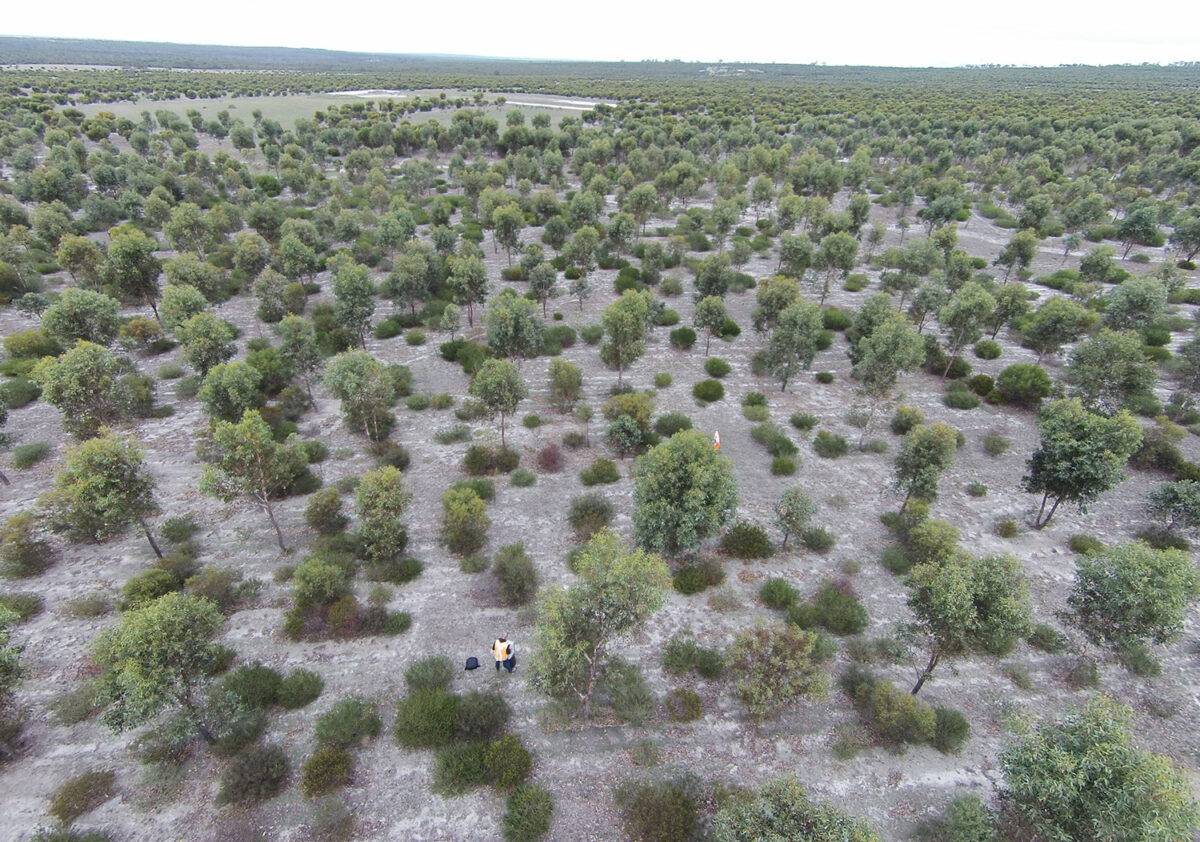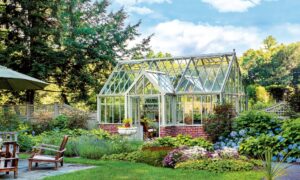It’s impossible to overstate the importance of revegetation after natural disasters like floods and wildfires or even after human disruptions like mining, logging, or other destructive behaviors. Revegetation stops erosion that can destroy habitats and further disrupt ecosystems. It also helps to rebuild life to its former glory and return balance to the earth.
Several components come together for a successful revegetation project. Although not every revegetation technique is necessary for every project, using a few together can significantly increase the chances of the project’s success.
Understanding the process of successfully revegetating disturbed lands can appear daunting, but working with professional products like those available through Granite Seed can help to alleviate that stress. The right products to slow erosion, settle seeds in place, and remove weeds can substantially impact the success of these types of projects.
Replace or nourish the soil
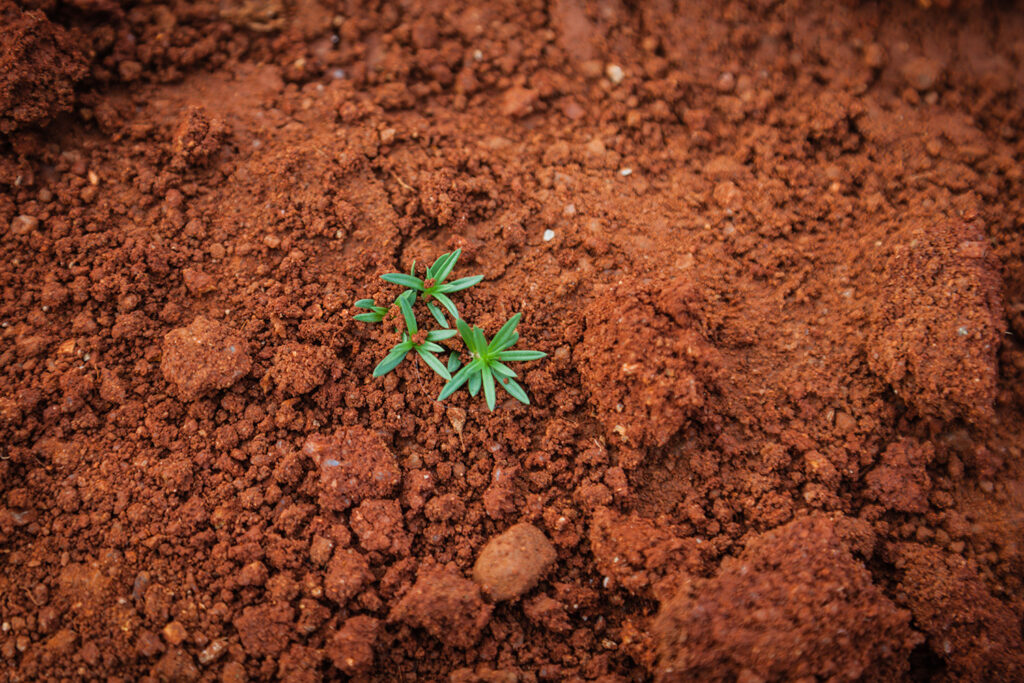
Source: unep.org
Soil can be tough to work with after significant disturbances, as it can become toxic to plants that previously grew there. Soil sampling can help to inform how well the soil will maintain life as the revegetation project progresses. Sometimes total soil replacement may be necessary, although it is rare that adding missing nutrients and fertilization isn’t enough.
Soil replacement is most common when the area in question undergoes contamination with chemicals that can hurt future plants, animals, and even humans. It is far more expensive to replace the soil in an area than to nourish what is currently available. Still, the trade-off of saving money using contaminated soil that could harm ecosystems beyond the one in question is not worth the risk. If your soil has suffered chemical contamination, saving a bit of green now might mean being green in the gills later.
Control for weeds and other invaders
Weeds are one component that can have a more significant negative impact on revegetation efforts than one would think. In the case of revegetation, weeds are competitors with the plants that need to re-grow in the area. Sometimes relying on natural revegetation with the help of minor tools like mesh or other ground cover is helpful, but it can also open up the project to invasive weeds.
Digging up weeds at the root is helpful to keep them at bay. Herbicides can also help to alleviate weed issues, although there are trade-offs when utilizing chemicals. Another crucial piece of the puzzle is understanding each weed species present in the area, because understanding how the weeds multiply and grow is essential in controlling them throughout the revegetation process.
Keep seeds and new plants in place right away

Source: ttseeds.com
Creating an atmosphere in which plants and freshly seeded ground is safe from erosion until the plant’s roots can take hold is vital. To accomplish this step, it’s necessary to utilize tools like straw mulch and netting. Separately, both straw mulch and netting help to reduce erosion of newly seeded areas by roughly half, but together they can reduce it by nearly 100%.
Older revegetation projects consisted mainly of planting certain grass species or clover because they could cover the ground and reduce erosion in very little time. However, we now know that there is more to revegetation than simply stopping erosion, and therefore, we now utilize a variety of seeds and species and need a way to keep those seeds in place as they grow.
Encourage Growth
Encouraging plants to proliferate will move the revegetation project along to a place of stability within the necessary timeline. There are multiple ways you can promote growth, like utilizing fertilizer or planting within tubs or pots. One often-overlooked way to encourage plants to grow within the required timeline is to use fast-growing plants like Bamboo or Kudzu.
Utilize the correct species
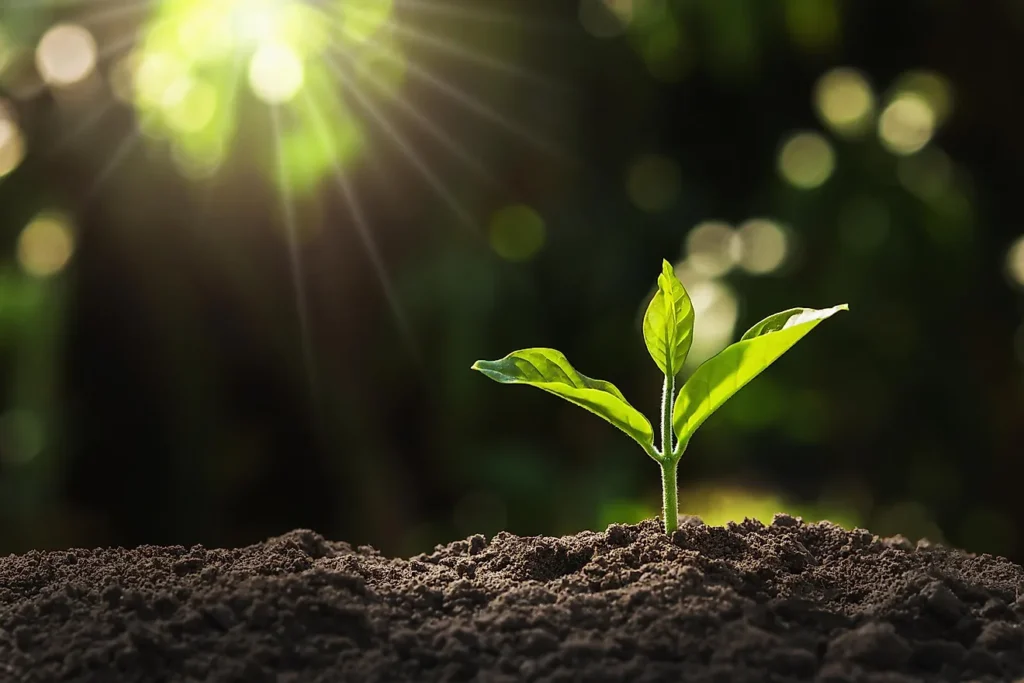
Source: worldatlas.com
It’s vital to utilize native species in revegetation projects to ensure that other species do not take over the area and reduce the effectiveness of the revegetation. In addition, choosing plants that can survive additional disturbances may also benefit the project. For example, trees like the Waterway Birch, Sobbing Willow, and American Sweetgum can all survive flooding.
In addition, utilizing plants that grow well on slopes can help to reduce the risk of erosion from catastrophic events in the future. Species like Burning Bush, Snowberry, and Siberian Cypress Carpet all grow and hold well on slopes.
Plan, plan, and plan some more
Revegetation is an expensive process that takes a lot of time and energy. Utilizing a well-thought-out plan specific to the region, soil type, and size of the area in question is essential to a successful project. Planning is even more critical since it is typically necessary to keep a project like this on budget and on course with its timeline
The expense and time involved in revegetation are why soil sampling, research on fertilizers and herbicides, and understanding weeds and wanted plants in the area are vital pieces of the puzzle. Choosing chemicals is exceptionally important because those chemicals can affect the local fauna beyond the immediate vicinity of revegetation. If you don’t do your due diligence, your project could cause more harm than good to the surrounding environment.
Keep in touch with the revegetation project
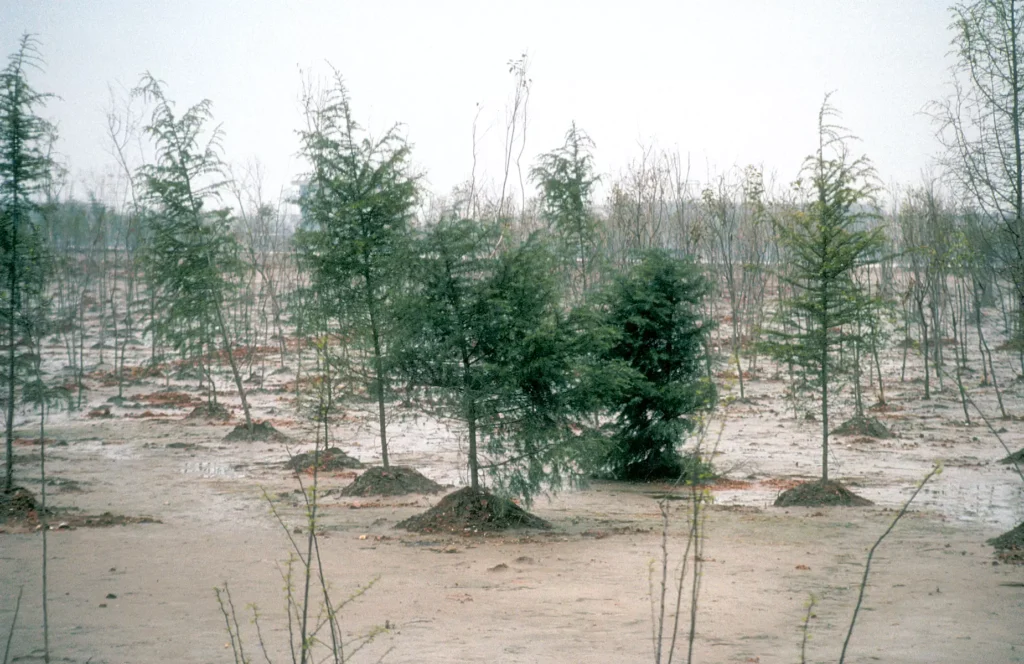
Source: scholarlyoa.com
Monitoring a revegetation project is necessary to ensure that the plan for the space is developing as desired. When a space goes unmonitored, weeds could utilize the fertilizers meant for other seeds to take over the space. Events that cause erosion like heavier than normal rains could occur and, if left unchecked, could wipe out newly planted seeds.
Checking in on the revegetation projects, even after the timeline for serious work on that project has elapsed, is vital to ensuring the site remains undisturbed in the future. Sometimes plantings can attract more animals for food than were initially planned for, and therefore additional plantings or different plant species may need to be added after the bulk of the work is done.
Final thoughts
Revegetation projects are essential in so many ways. From aesthetics to habitat safety to ecosystem health, these projects make a significant impact. Undertaking a revegetation project can seem daunting, but with the right planning and resources, a successful project is far more likely to take root.

